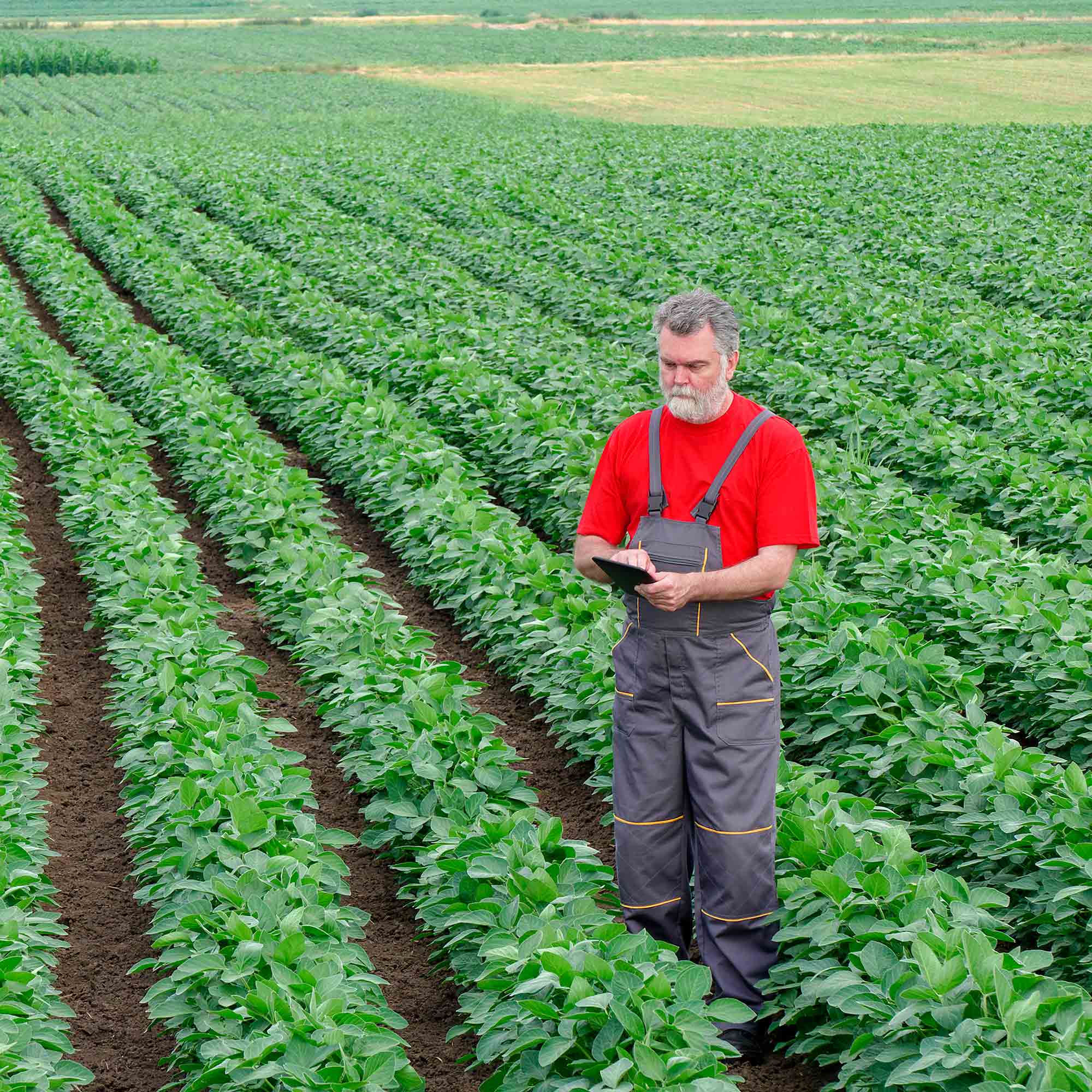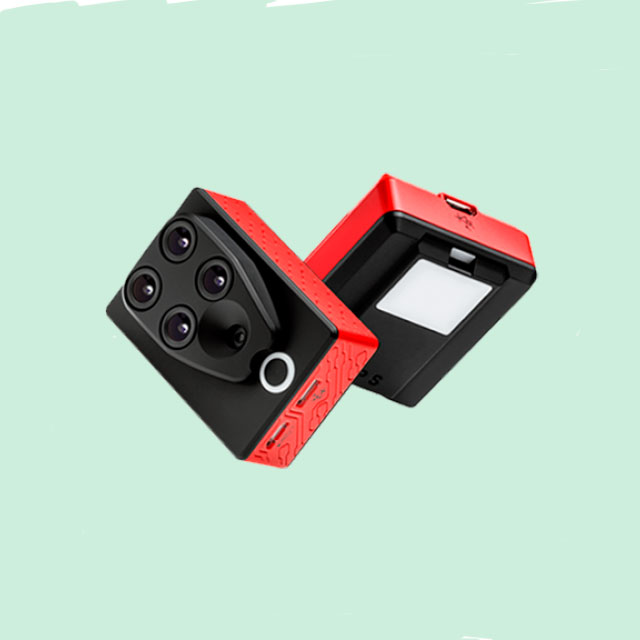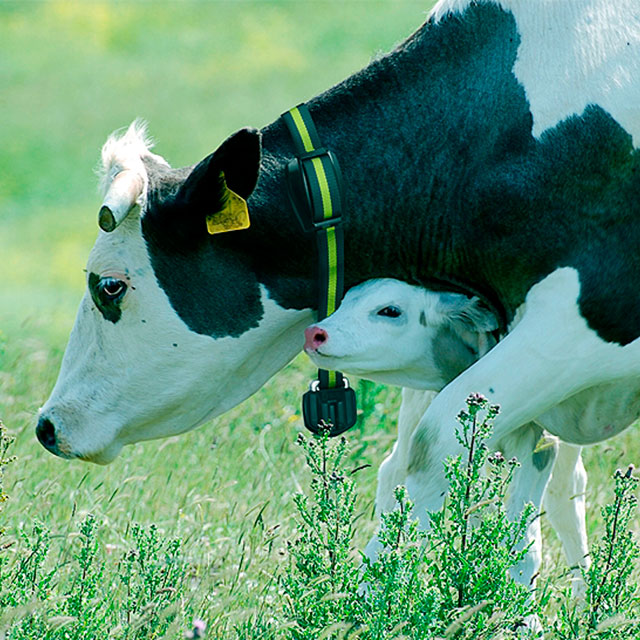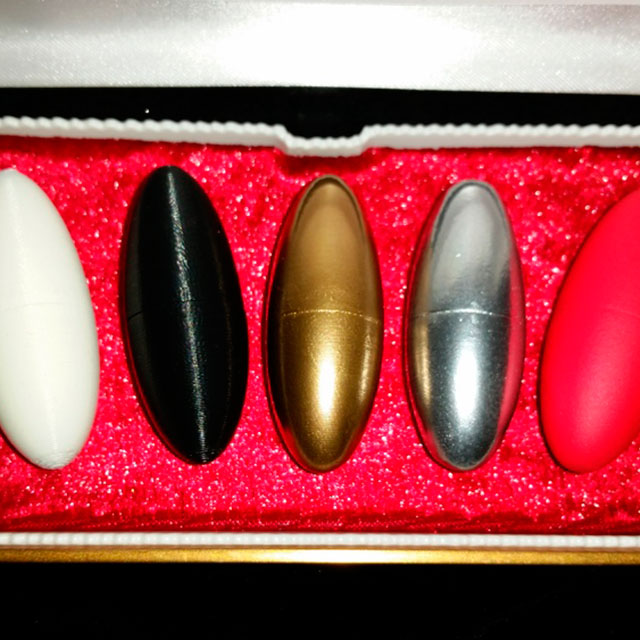Educational robotics: the robots are kids stuff
Schools are now introducing the basic principles of robotics to children at a very early age.
The development of agriculture sensors capable of examining the ground conditions can be key to improving the productivity of agricultural activity.
It is a system attachable to a drone that takes pictures of crops from the air
This sensor helps milk farmers control the status of their cows without moving from their home
The project try to reduce the adverse weather effects on farmers in the region.
Thanks to these sensors, farmers can know how much water is right for their crops and more.
Controlling the conditions of stored grain is the mission of these intelligent sensors





Agriculture is facing a big challenge nowadays: supply the needs of the whole world population without depleting the available resources of the planet. Undoubtedly, technology and innovation are its most valuable allies since they can help agricultural holdings be more efficient and their production systems more sustainable.
In this respect, the development of sensors capable of examining the ground conditions with exact accuracy and providing data to farmers can be of great help.
We are now going to introduce you to 5 types of sensors applied to agricultural purposes that you may not be aware of.
Sources: El País, The Economist, The Download, News Microsoft
The first on the list of sensors used in agriculture is a sensor capable of scanning from the sky.
There´s a lot of physical processes happening in Nature which our limited human eyes can´t witness in plain sight. To help farmers evaluate the condition of their fields, Parrot has launched Sequoia, a mini multispectral sensor capable of detecting those nuances our eyes are incapable of noticing all over the ground.
Sequoia is a system attachable to a drone able to take aerial images. It is comprised of two elements: a 16 megapixel camera and a GPS sun sensor. Both of them are multispectral, or in other words, they register everything from electromagnetic spectrum to ultraviolet or infrared rays, which are imperceptible to people. This configuration allows to collect a real-time feed about the field and to compare sun activity with the crop status. With all these parameters into account, farmers can identify drier areas, those lacking nutrients or even plagues
Following smart agriculture sensors comes one that controls the status of cows.
To manage a milk farm is one of the toughest jobs in the primary sector. Farmers must supervise cows to ensure the quality of produced milk from dusk till late into the night. But now, with the help of the Internet of Things-based HealthyCow solution introduced by SCR Dairy, these habits may change, and though they will continue to check the well-being of their livestock first thing in the morning, they may as well do it conveniently from their bed through their smartphone.
We are speaking of a collar with built-in movement sensors and microphones capable of monitoring the behaviour of the cows and their ruminating time. The system sends alerts to the farmer’s smartphone when activity increases, which may mean, for instance, that the animal is in heat; or decreases, which could indicate some kind of health issue.
This information allows the farmer to enhance milk production, reduce birth risks or monitor cow health status, thus avoiding trips to the facility in the small hours and, therefore, saving precious time.
Image: SCR by Allflex
Another sensor used in agriculture is one that detects climate.
Kilimo Salama is a project which has been implemented in Kenya, whose purpose is, based on the concept of “safe agriculture”, to reduce the collateral effects of inclement weather over the farming of the region. A connected weather station monitors the fields. Thus, small farmers have easier access to insurance for their harvest through periods of drought or flooding. Thanks to this project, a safe network is implemented while investment in farming is enhanced.
We have already seen how technology innovations are helping a growing amount of farmers to be aware of the anatomy of soil conditions. In that respect, there are remote sensors capable of measuring the pH level of any given field or showing that clay is the prevailing element in them available.
This information is extremely valuable to know the soil’s drainage capacity or acidity, which allows to adjust the amount of water needed for irrigation and the most beneficial type of cultivation
Agricultural sensors may be of great help when monitoring not only sowing process or harvesting maintenance, but also when storing seed recollection. That´s the case with BeanIoT, bean-like plastic devices with the size of a thumb which are thrown into grain silos in order to monitor its condition during the time they remain stored.
How do they do it? Each plastic bean features inbuilt humidity sensors, gyroscope, electronic compass and Bluetooth. Thanks to all those components, it can measure temperature, moisture, air quality, altitude, gas levels (including CO2) and the movement of the grain inside the silo. When BeanIoT sensors detect unusual values, they send a feed to a smartphone. The rest of the time they remain dormant in order to save energy. They charge wirelessly and, according to their creator, the battery lasts for 14 months.
Image: BeanIoT
All fields are mandatory.
Read the most discussed articles
{{CommentsCount}} Comments
Currently no one has commented on the news.
Be the first to leave a comment.
{{firstLevelComment.Name}}
{{firstLevelComment.DaysAgo}} days ago
{{firstLevelComment.Text}}
Answer{{secondLevelComment.Name}}
{{secondLevelComment.DaysAgo}} days ago
{{secondLevelComment.Text}}